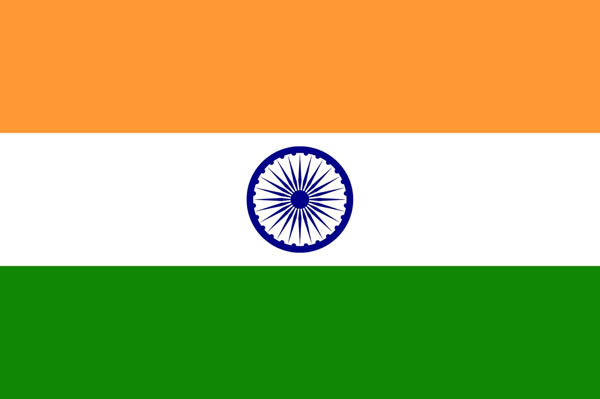Background:
Most parts of India have 300 - 330 sunny days in a year, which is equivalent to over 5000 trillion kWh per year - more than India’s total energy consumption per year. Average solar incidence stands at a robust 4 - 7 kWh/sq.meter/day. The highest annual radiation energy received in western Rajsthan. Solar energy experienced by us light and heat can be harnessed through two route, namely solar photovoltaic and solar thermal, by direct conversion to electricity and heat energy respectively.
Solar Photovoltaic Technology:
Solar Photovoltaic is the process of converting solar radiation into electricity using a device called solar cell which is made of silicon or other semi conducting materials which are connected in series and parallel combination to form solar PV modules that provide the required power that are made from single crystal or multi crystalline silicon material and thin film solar cell. A combination of solar module, battery storage, interface electronics, support, cable, switches constitute solar photovoltaic system. A Solar photovoltaic system can be used to provide electricity for lighting, water pumping, battery charging as well as feeding power to the grid.

Solar Thermal:
Solar thermal power generation is one of the key applications of solar energy through thermal route by using various types of collectors/technology such as Parabolic trough, central receiver systems solar dish systems through which a heat transfer fluid passes through series of heat exchangers to produce steam which runs a conventional turbine to produce electricity. CSP technologies include parabolic troughs, dish/Stirling engine systems, power towers, and concentrating PV systems.


 ऊर्जा दक्षता एवं नवीकरणीय ऊर्जा प्रबंधन केंद्र
ऊर्जा दक्षता एवं नवीकरणीय ऊर्जा प्रबंधन केंद्र 


